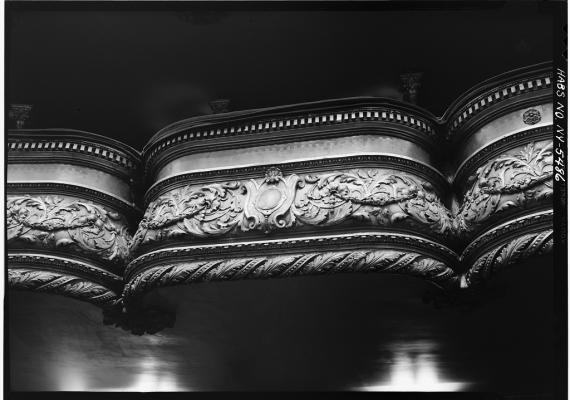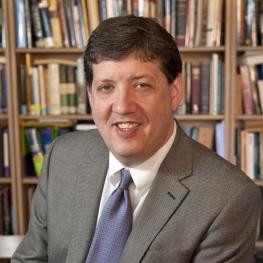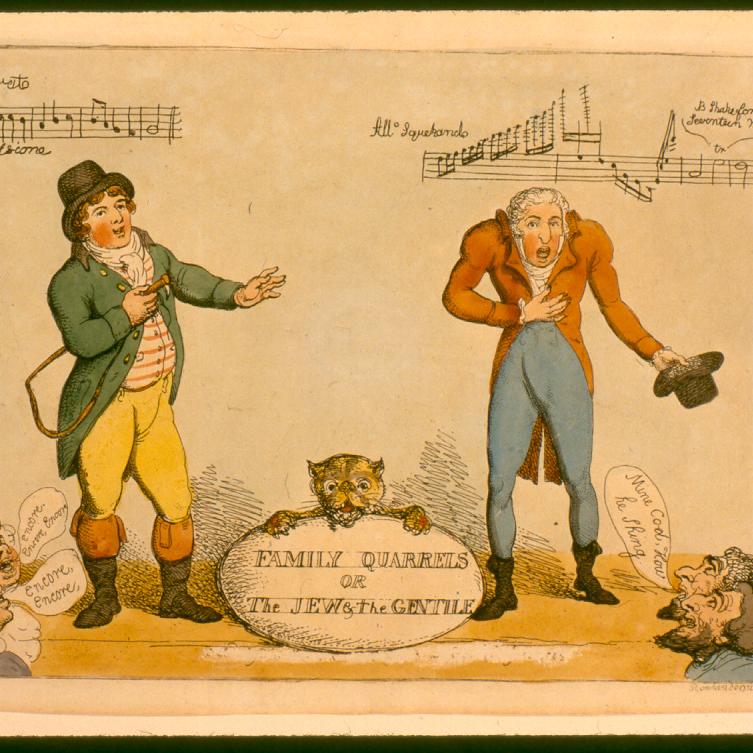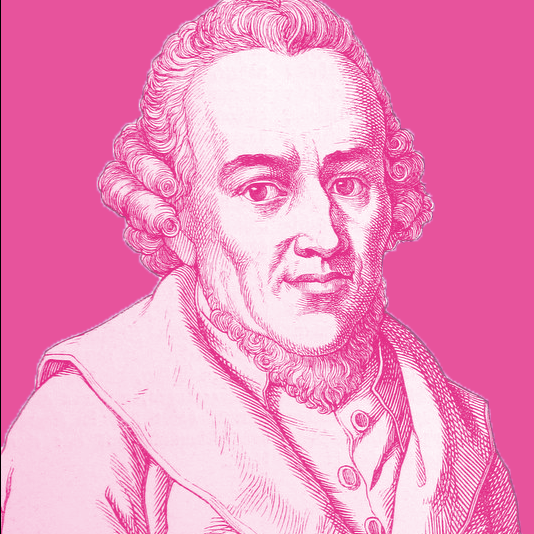Q&A: Katz Center Fellow Samantha Cooper on Jews and the Met
Q&A: Katz Center fellow Samantha M. Cooper argues that Jews were essential to New York’s Early Opera Scene

Grand tier of boxes, Metropolitan Opera House, ca. 1966.
Steve Weitzman (SW): Samantha, tell us a bit about your scholarly interests, and what drew you to them personally and/or intellectually.
Samantha Cooper (SC): My scholarly interests in the North American Jewish relationship with opera and popular music were absolutely a product of the meeting of my personal and intellectual backgrounds. I was raised in a Conservative Jewish home in Toronto, Ontario, Canada, and began privately studying classical voice at age four. While attending Jewish elementary and high schools, I sang and wrote nearly annual examinations through the Royal Conservatory of Music (RCM), I learned piano, music theory, and music history, I performed in a Jewish children’s choir and in an assortment of community, school, and summer camp theatrical productions, and I joined the RCM’s Young Artist Performance Academy. I pursued an undergraduate degree in voice at Wilfrid Laurier University, where, after realizing that I was no longer enthusiastic about the prospect of life as a performing musician, I specialized in Music History. Having recognized that I could combine the two subject areas that I found the most fascinating (music studies and Jewish history), I applied to graduate schools and began a Ph.D. in Historical Musicology at New York University.
The topic I proposed to study at NYU and the project I actually undertook as the subject of my dissertation were not the same. I believed I was going to examine how composers crafted sonic representations of Jewish characters for the opera stage. Instead, assorted findings in archives, press coverage, and oral histories led me in a different direction, to consider how real Jewish people engaged with the production and consumption of opera in New York City. My dissertation and my book focus on the six decades between 1880—coincidentally, a watershed year in Jewish immigration history and the year the Metropolitan Opera was founded—and 1940. 1940 was the year that the American public purchased the Met from the founders, and in doing so, commenced a new, more democratic era in the institution’s history. My project demonstrates that Jews cultivated a mutually beneficial relationship with the local opera scene, both in and well beyond the Met.
SW: Turning to the book project you are working on at the Katz Center, you have characterized it as a “counter-history” of the New York opera industry. Can you explain what you mean by that and how Jews fit in?
SC: My first book, American Jews and the Making of the New York Opera Industry, 1880–1940, under contract with Oxford University Press, tells a Jewish “counter-history” of sixty pivotal years in the New York opera business. The inspiration behind my approach derives from the work of several Jewish historians including Amos Funkenstein, Susannah Heschel, and David Biale, who have recognized the potential inherent in retelling well-known stories of Christian origin from a Jewish perspective. Writing a Jewish counter-history, they explain, necessitates undertaking a process of flipping the original script, be it a biblical passage, a commentary, or a historical narrative, so as to deliberately center Jewish social actors or characters. Essentially, telling a Jewish counter-history means actively putting Jewish people, who are often already present in the background of such narratives, into the foreground (the starring roles, the driver’s seats, etc.) of their own histories.
I’ll offer one example of the kinds of Jewish counter-historical anecdotes on which my book hinges. Until now, the story of opera in early 1880s New York has typically been narrated as one about the social conflict between largely Dutch “Old Money” elites with opera boxes at the Academy of Music at the corner of 14th street and Irving Place and a group of “New Money” moguls who, unable to acquire similar accommodations befitting their social station there, went off to form what became the first Metropolitan Opera House on Broadway between 39th and 40th streets. However, a Jewish history of this story looks rather different. My retelling of this narrative pays new attention to August Belmont, Sr. (1813–1890), a financier, politician, and practicing Episcopalian who had been born with the name Aron Schöenberg to a Jewish family in Alzey, Germany before emigrating to the United States. As the director of the Academy of Music from 1878 to 1884, Belmont had the unfortunate job of refusing to grant opera boxes (because there were none left for distribution) to the “New Money” clan. In reaction to his rebuff, this group went off and formed the Metropolitan Opera Company, Ltd. Interestingly, they subsequently instituted bylaws preventing “undesirable persons” from purchasing stock or opera boxes at their new opera house. But that’s a counter-history for another time.
SW: You frame the historical story you tell in relation to the history of how Jews “became white,” how they positioned themselves within America's racial and economic structure. Can you give us a sense of how the study of music and musical culture deepens or changes our understanding of the history of Jewish integration into White America?
SC: Because of opera’s position as elite culture by the late nineteenth century, it was widely regarded as a musical genre with the inherent power to socially, racially, and morally “uplift” those of lesser economic means, both in and beyond the American Jewish community. As my book shows, going to the opera, acquiring products related to opera, learning about opera, or training in proper operatic vocal technique were all believed to be ways that a Jewish immigrant could acquire important knowledge and social capital that would help them to better navigate American society and, in some cases, even assist them in figuratively (or literally) whitening their skin tone and crossing the color line. Of note is that assigning this kind of racially transformative power to opera was unique to American Jewish communities; while African Americans similarly recognized opera as a powerful means of social uplift, overcoming the social construct of race or ethnicity by way of operatic education or performance was impossible.
One fascinating example of this phenomenon plays out in a piece of literature that I will discuss in my book. In February and March 1920, several Jewish newspapers including The American Hebrew and Jewish Messenger, The Jewish Voice, and The B’nai B’rith Messenger published a short story by non-Jewish writer Yetta Kay Stoddard called “Yellow Elbows: The Story of a Jewish Girl’s Faith in Her Abilities as a Singer and the Happy Consequences of That Faith.” Over the course of the story, a Russian Jewish immigrant girl uplifts herself from “the class of yellow elbows” to “polished ivory flesh tints” by learning to sing opera. Presumably, the moral of the story is that musical education can be a transformative force for good in the lives of Jewish immigrants. However, the obvious racialized language that characterizes the protagonist’s descriptions in the story are too blatant to ignore.
That this story is specific to the American Jewish community becomes clear when assessing the biography of the author. Around the same time that Stoddard (born Winifred Hall, 1874–1964) composed “Yellow Elbows,” she also wrote fiction for The Brownies’ Book, the first magazine published for African American children in the United States between 1919 and 1921. Years later, Donald F. Joyce’s Black Book Publishers in the United States (1991, page 94) would mistakenly identify Stoddard as one of the magazine’s “notable black writers,” in spite of the fact that she was white. Nevertheless, Stoddard’s simultaneous writing for both Jewish and African American publications but her deliberate recognition that opera possessed a kind of racially transformative potential for only one of those two groups offers insight into the possibilities and limits of such an art form.
SW: Moving to another initiative of yours, I have been so impressed by The Sounding Jewish Podcastyou have created. Can you share a highlight or two from your experience creating the podcast? What has it taught you about the state of music/sound studies as a part of Jewish studies today (or vice versa)?
SC: Kickstarting The Sounding Jewish Podcast has been a long-time goal of mine, and one of the highlights of the past two academic years. The podcast’s main objective is to create a space devoted exclusively to featuring the intellectual journeys, research, and insight of scholars working on projects pertaining to Jewish music and sound. Each season (hopefully) reflects the kinds of diversity I know to be present in this field, with episodes constituting opportunities to amplify new voices and perspectives. Much like my ongoing work with The Jewish Music Forum, A Project of the American Society for Jewish Music, The Sounding Jewish Podcastpresents a ready-made opportunity for me to reach out to friends and acquaintances alike to see if they might be willing to speak with me. Usually, the answer is yes, which I so appreciate.
The highlight of recording each episode has been inquiring about the “eureka” moment that led my guests to their research projects. I also really look forward to asking about the big definitional questions and future challenges that are facing those devoted to this field of study. Some of the answers I receive completely agree with one another, while others are radically contradictory—but this only confirms for me how expansive the study of music and sound in Jewish experience can be.
Hosting, editing, and promoting the first 1.5 seasons (so far!) of The Sounding Jewish Podcast has taught me that there is definitely a need for additional public humanities efforts devoted to Jewish music and sound studies, and an eager interdisciplinary audience for such content. It has been really rewarding to learn that professors in music studies and in Jewish studies have been assigning episodes of the podcast to their students to supplement or in lieu of reading assignments; to me, this suggests that podcasts like this one have tremendous potential to serve as accessible and engaging pedagogical resources.
SW: Over the break, I happened to hear a lot on the news about Barbra Streisand's new memoir. Since you have published a study of her recordings in comparison to Fanny Brice, I can't resist asking what the comparison of their voices revealed to you.
SC: As my article “I’d Rather [Sound] Blue” (Journal of the Society for American Music, 2022) argues, comparing Fanny Brice and Barbra Streisand’s voices, singing the same three songs forty years apart in the star vehicle films My Man (1928) and Funny Girl (1968), respectively, reveals significant differences not only in how these Jewish women singers approached the art of vocal performance, but also how the public received their efforts at their respective moments in time.
Having built a theatrical career in the early twentieth century that relied on both a physical and sonic overemphasis on Jewishness, Brice was ill-equipped to make the leap to film, and My Man flopped as a result. In spite of setting out to portray Brice, Streisand gave performances in her film that were carefully attuned to the preferences of the mid-twentieth century national music industry, and drew on all of the agential, hybrid, and intersectional tools in her toolbox to do so. As a result, her performances won over diverse audiences and critics alike.
I had the good fortune to participate in a Barbra Streisand panel at the American Academy of Religion annual conference the week after her voluminous 970-page memoir was released. I spent the week leading up to the conference feverishly reading as much of the tome as I could. Though I approached the book with my “scholar hat” on, I really enjoyed it, and found so many moments that I hope to have the chance to cite and explore in a future project on Jewish women singers one day.



